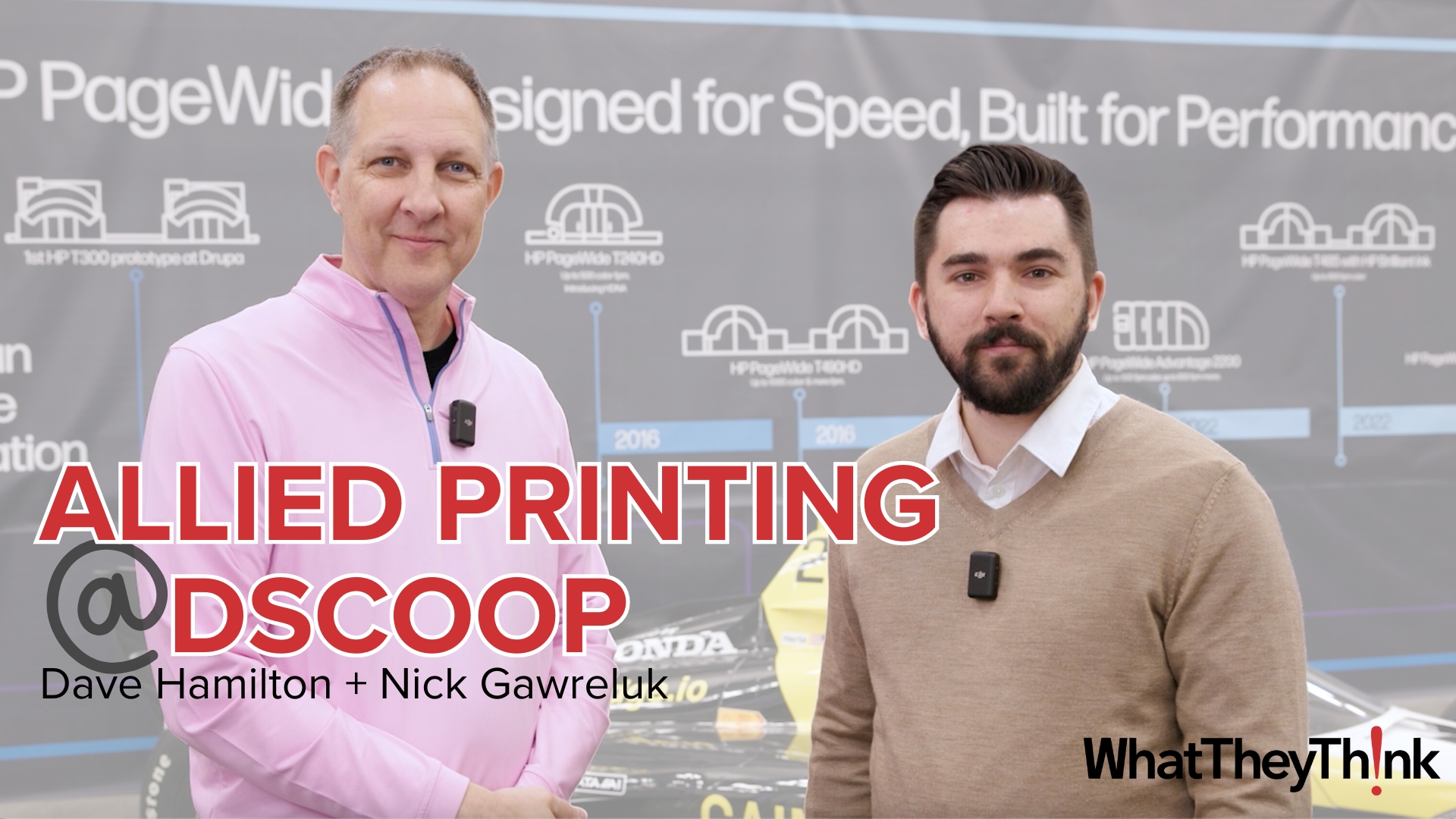VDMA Printing and Paper Technology Association "Circular Competence" Interview Series: "Resource Efficiency Is the Core of Our Business"
Press release from the issuing company
In the "Circular Competence" interview series, the VDMA Printing and Paper Technology Association asks its member companies about their plans, solutions, and challenges on the road to a circular economy. What can the industry do to minimise the ecological footprint of packaging and other printed products?
Frankfurt - As a provider of software-driven inspection systems for prepress and the pressroom, EyeC GmbH has only limited options for resource conservation in its Hamburg production. But according to Marketing & Documentation Director Dr. André Schwarz, their products have more leverage.
According to the United Nations, the global demand for resources threatens to double by 2050. How do you trim your production for more resource efficiency?
Since we primarily develop software, our options here on site are limited. But where it is possible, we act. For example, we use energy-efficient computer hardware for our inspection systems and offer intelligent lighting shut-off to reduce power consumption during idle periods. We also focus on efficient operation in our programming. In addition, we promote public transport tickets for our employees, have switched to LED lighting in our building, use green electricity, recycled paper and digital brochures that can be accessed via QR code, to name a few examples.
How do your solutions help customers use raw materials more efficiently?
Resource efficiency is the core of our business. Our inspection systems detect even the smallest errors and quality deviations. This begins with the inspection in the prepress stage, so that faulty originals do not go to print in the first place.
Especially when it comes to foreign-language documents and complex graphics, inspection technology is far superior to the human eye. Where it detects errors that are corrected in the digital prepress stage, the number of misprints is reduced and with it the unnecessary consumption of paper, inks, energy, and machine and working time. Of course, quality deviations also occur in the printing process. Today's speeds in web and sheetfed printing are too high for the human senses. In contrast, our camera systems reliably detect deviations; this makes it possible to stop the faulty process or precisely localise and document temporary defects. Printers can selectively sort out the affected sheets or cut out defective sections of a reel with centimetre precision. Without an inspection system, in case of doubt the entire batch is discarded and reprinted. In the finishing department our technology is used to identify defective embossed, finished, folded, or trimmed copies. The earlier errors are detected in the process chain, the greater the savings in paper, cardboard, printing inks, finishing foils and energy. This is particularly important for elaborately finished folding boxes for spirits or perfumes. The same applies to pharmaceutical packaging with Braille, which must be completely disposed of at the slightest error for reasons of drug safety.
What role does this topic play in your research and development?
The quality requirements of our customers have been increasing enormously for several years. This trend is driven above all by globally active brand manufacturers. We are therefore optimising our systems to detect and localise defects with ever greater precision and to warn users more quickly. Whereas in the past a safety margin of a few metres was left when cutting out a defective roll section, today it is a matter of centimetres. But even the smallest quality deviations, which were often waved through in the past, are now detected, and sorted out by our customers. And that at a speed of a few hundred metres per minute in web printing or more than 20,000 sheets per hour. This requires highly developed camera systems with optimal illumination. In addition, image data processing must keep pace. The eye of the needle today is not the cameras or our computers, but actually the data lines.
Is the demand for resource-efficient solutions driven more by regulation or more by potential cost savings?
Both are intertwined. Every printer wants to minimise waste, misprints, and errors in finishing. Because it is wasted money and wasted time; if errors remain undetected, there is also the threat of avoidable conflicts with customers. Apart from that, there are strict legal requirements in the pharmaceutical industry that printers have to comply with. For example, the embossing height of the Braille dots is precisely standardised. In addition, resource efficiency and environmental standards are increasingly the focus of regulation. This trend is clearly visible in the pharmaceutical and food industries. As a supplier of inspection systems, we benefit from this. At the same time, it helps our clientele to avoid unnecessary resource consumption and associated costs. And ultimately, we all benefit because the same printing performance is achieved with a significantly lower ecological footprint.
What should legislators do to promote resource-efficient technologies?
The process worlds of the printing industry are so heterogeneous and the global markets so diverse that individual measures here come to nothing. Therefore, it would be more important to promote innovations with a focus on resource conservation and to formulate overarching efficiency targets. Financial incentives can certainly help development along. But the growing quality requirements, the goal of avoiding unnecessary costs caused by errors and the globally increasing environmental awareness are already directly intertwined in our market today - and are driving the development of the printing industry in the right direction. This message must be spread worldwide.
- Summary of Drupa 2024 inkjet announcements Production Print
- Inkjet driving insourcing for state in-plants
- Real World AI for the Printing Industry
- Harnessing the Power of Synergy: HP High Speed Inkjet and Indigo Liquid Toner Technologies
- KYOCERA NIXKA INKJET SYSTEMS (KNIS) INTRODUCES BELHARRA, THE NEW WAVE OF PHOTO PRINTERS
- New RISO Printing Unit Offers Easy Integration for Package Printing
- March 2024 Inkjet Installation Roundup
- Inkjet Integrator Profiles: Integrity Industrial Inkjet

WhatTheyThink is the official show daily media partner of drupa 2024. More info about drupa programs
© 2024 WhatTheyThink. All Rights Reserved.









Discussion
Join the discussion Sign In or Become a Member, doing so is simple and free